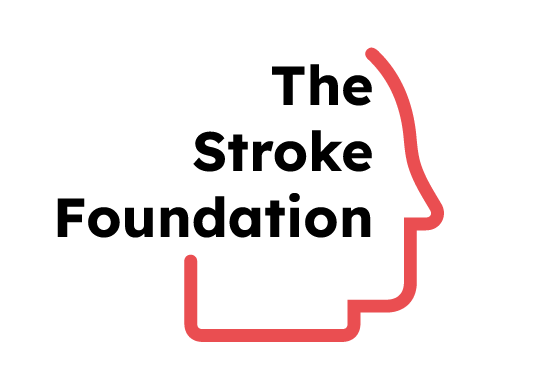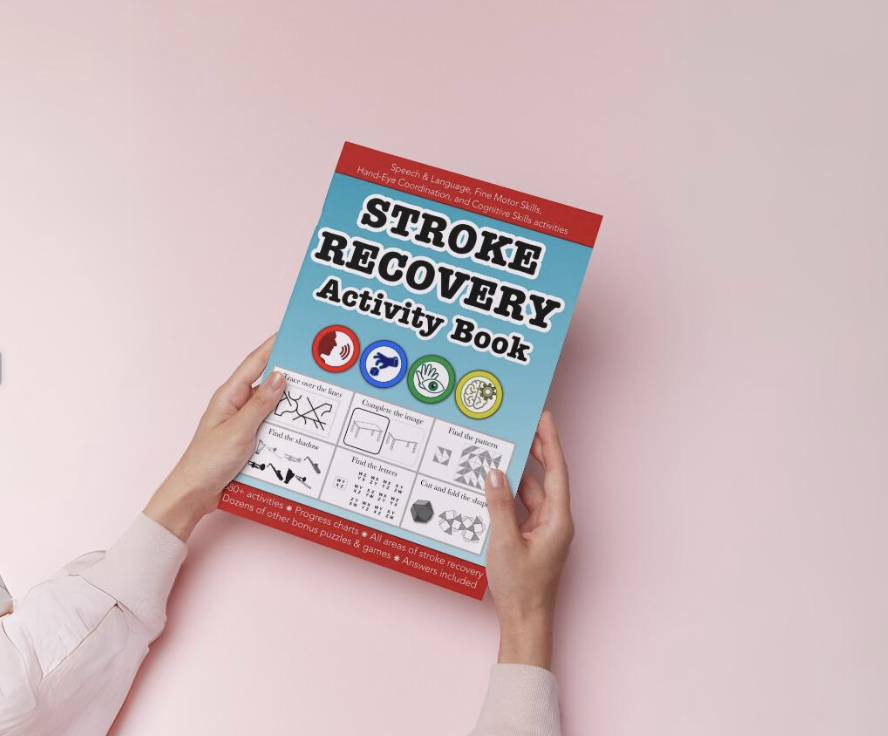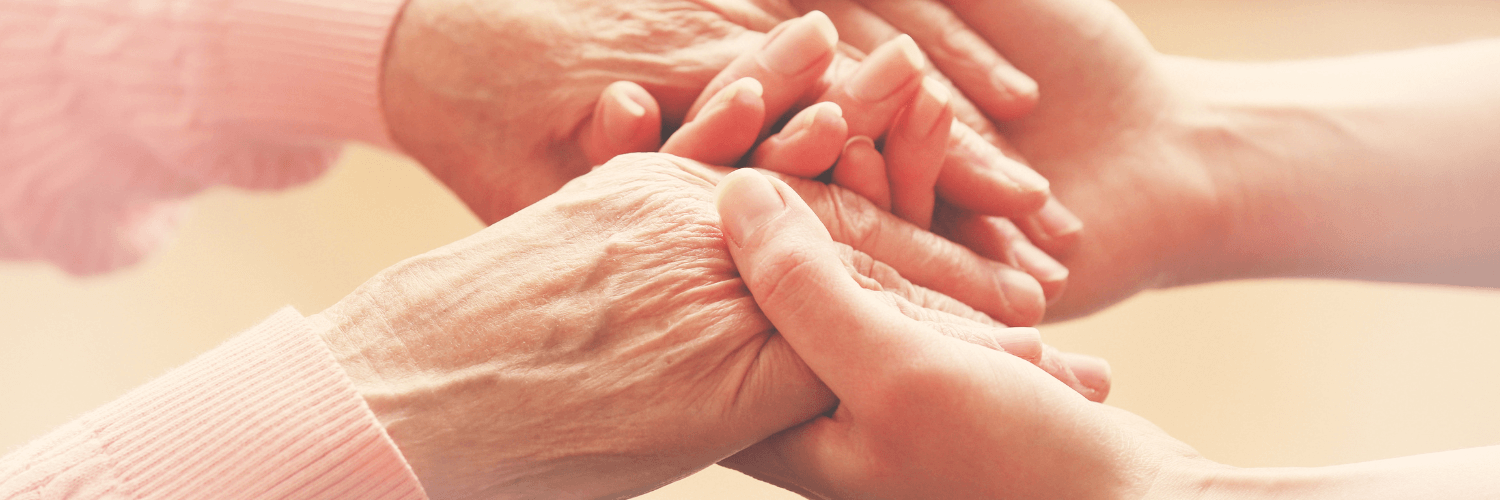Take care of yourself first
It’s not selfish—it’s necessary. Your body and mind need rest, good food, movement, and sleep. Think of yourself as part of the care plan. When you’re running on empty, everything else suffers.
Seek support from others
Caregiving can be isolating. Find people who understand what you’re going through—whether that’s a caregiver support group, a therapist, or a close friend who listens without judgment. Sometimes just knowing you're not alone can make a huge difference.
Learn to say no
You don’t have to do everything. You’re allowed to have limits. It's okay to say no to certain requests—especially if saying yes would drain you or put you in a difficult position. Boundaries are healthy, and necessary for long-term caregiving.
Use respite care
Taking a break isn’t giving up. Whether you hire a professional for a few hours, rely on adult day programs, or ask a family member to step in, respite care gives you space to rest and reset. Even a short break can help restore your energy.
Keep a hopeful mindset
Stroke recovery takes time, and progress can feel slow. Focus on small wins—maybe your loved one took a few extra steps today, or smiled at a joke. Celebrate those moments. Hope doesn’t erase hardship, but it gives you something to hold on to.
Practice mindfulness
Simple mindfulness techniques—like deep breathing, guided meditations, or just noticing your surroundings—can help ease the tension that builds throughout the day. Even five minutes of calm can make a real difference.
Accept help when it’s offered
People often want to help but don’t know how. If someone offers to cook a meal, run an errand, or sit with your loved one, say yes. Letting others lighten your load doesn’t mean you’re not strong—it means you’re human.
Stay connected to yourself
Hobbies, music, journaling, art, prayer, movement—whatever makes you feel like you again, make space for it. Life doesn’t stop when you become a caregiver. You still deserve joy, creativity, and connection outside of your caregiving role.
Schedule time just for you
Put it on the calendar. Whether it’s 20 minutes with a book, a walk outside, or coffee with a friend, make time for things that restore you. Even short breaks give your mind and body the pause they need.
Stay organized, not overwhelmed
Managing medications, appointments, and therapies can feel like a full-time job. Find a system that works for you—whether that’s a notebook, a shared calendar, or a caregiving app. Staying organized helps you feel more in control and less reactive.
In Summary
Caring for someone after a stroke is an act of love—but it’s also work, and it can take a toll. Burnout doesn't mean you're failing. It means you're doing too much without enough support.
You are not alone.
Support is available. Resources exist. And your wellbeing matters—just as much as your loved one’s recovery.
If you’re feeling overwhelmed, reach out. Ask for help. You can be a better caregiver when you’re also caring for yourself.


%20(2)%20(1).png)



